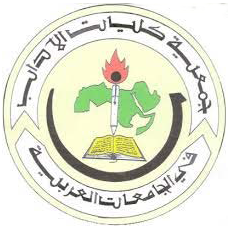Association of Arab Universities Journal for Arts مجلة اتحاد الجامعات العربية للآداب

Document Type
Article
Abstract
It is needless to say that the 'historicism' of novels is present in their 'protagonists' or in their narratives, which had occurred in some era that had had its own events and heros. Or perhaps to have its own world of narration, which takes its topics from the inventions and available information offered by its era, as well as the artistic rules and objective dissertations of that era. The first issue regarding the novel chosen to be our case study today would be dependent upon how many referrals that society witnessed, according to the novel research, that the recepient could receive. Moreover, the intellectual side of a literary work will also deal with the study; or with its theme or message, in addition to the learning components and their resources in any narrative piece of work, or by what is known as the 'content' (which does not mean topic), whose historical or even imaginery components are derived from the sequence of events. As for the artistic emotion, it will be incorporated into the requirements imposed by the literary piece of work in light of, on the one hand, the theory of novel, and the case study of the narrative techniques, on the other. The entirety of this lies within the frames of the dialectic issue found in 'Back to Exile': is it a historical novel, or is it a piece of literary work that uses history? It is an on-going artistic issue that continues to be brought up each time this topic is present: novel and history. So, is this piece of literary work considered as a 'historical novel', or is it a 'novel that uses history' as a frame and vocabulary, and maybe even an environment, according to the latter's lexical definition: the set of temporal, local and social truths? This is the essential question in this study.
Recommended Citation
Haddad, Nabil
(2020)
"Back to Exile Is History a Novel or Does Novel Use History?,"
Association of Arab Universities Journal for Arts مجلة اتحاد الجامعات العربية للآداب: Vol. 17:
Iss.
2, Article 11.
Available at:
https://digitalcommons.aaru.edu.jo/aauja/vol17/iss2/11

